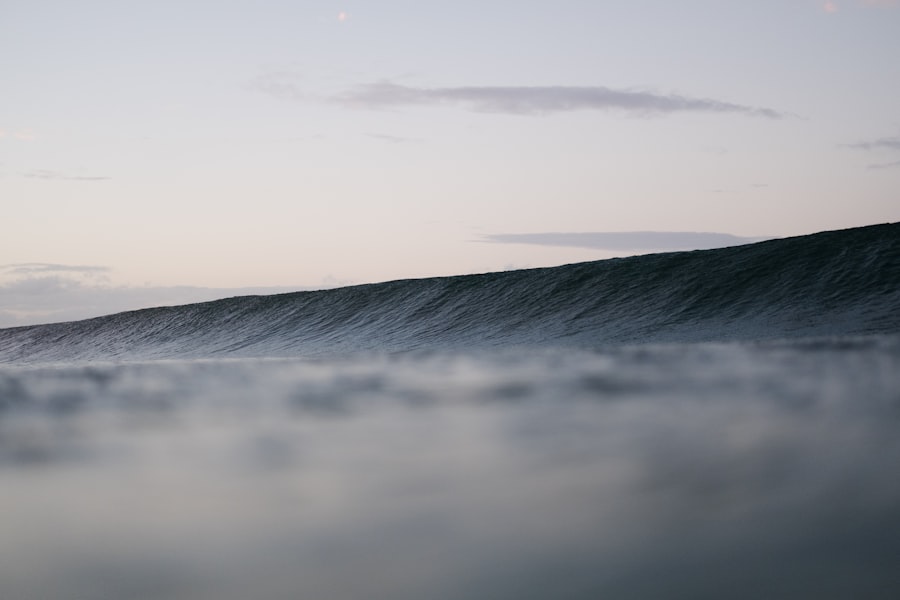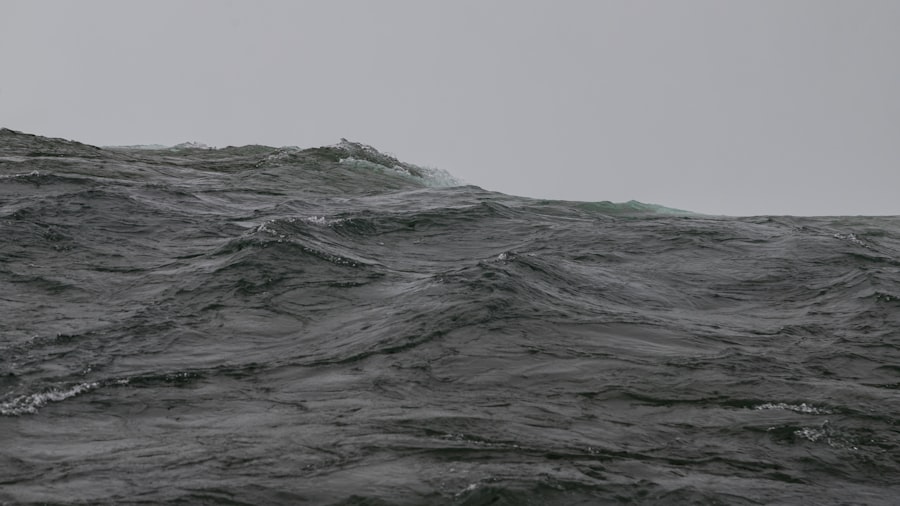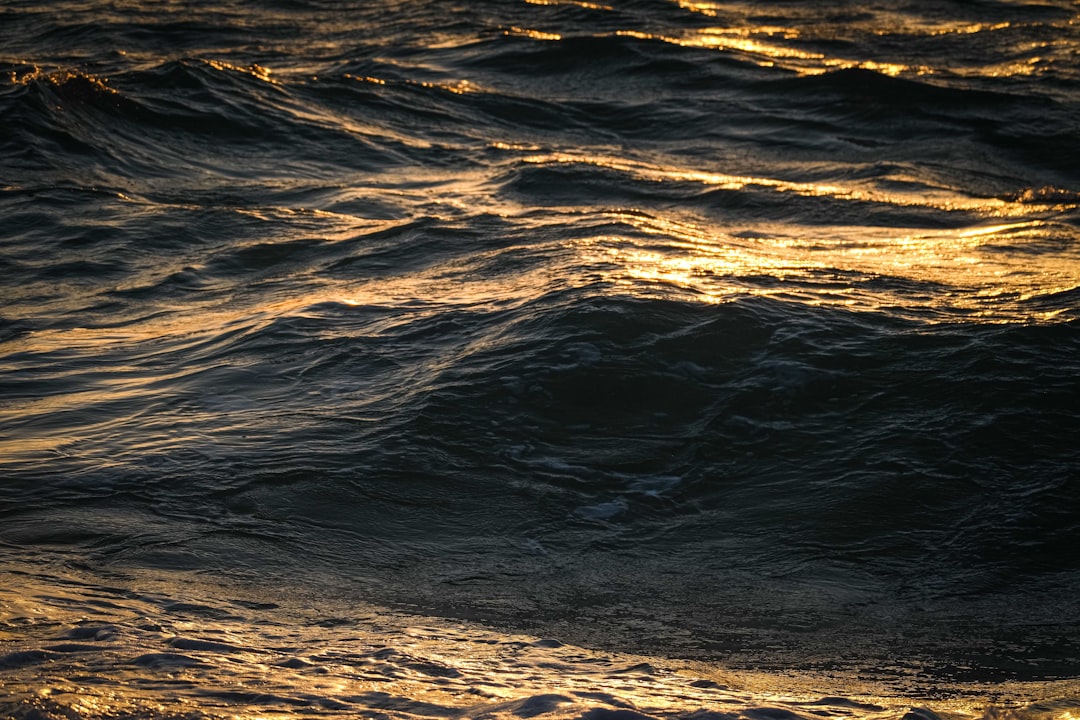Drake’s Passage, a body of water that separates South America from Antarctica, is renowned for its tumultuous seas and unpredictable weather. This narrow stretch of ocean, measuring approximately 600 kilometers (370 miles) wide, serves as a critical conduit for maritime navigation between the Atlantic and Pacific Oceans. Named after the English explorer Sir Francis Drake, who was the first to navigate these waters in the late 16th century, the passage has since become a focal point for adventurers, scientists, and sailors alike.
Its significance extends beyond mere geography; it embodies the spirit of exploration and the challenges that come with traversing one of the most formidable maritime routes on Earth. The passage is not only a geographical marvel but also a cultural and historical landmark. It has witnessed countless voyages, each contributing to the rich tapestry of maritime history.
The waters are often characterized by their rough conditions, with strong currents and high waves that can pose significant challenges to even the most seasoned mariners. Despite these dangers, Drake’s Passage remains a vital link for those seeking to explore the Antarctic region or engage in scientific research. The allure of its wild beauty and the promise of adventure continue to draw people from all walks of life.
Key Takeaways
- Drake’s Passage is a treacherous and iconic stretch of water located between South America’s Cape Horn and the South Shetland Islands of Antarctica.
- The passage is named after the famous English explorer Sir Francis Drake, who was the first to navigate it in 1578.
- Drake’s Passage is known for its unpredictable and harsh weather conditions, including strong winds, rough seas, and icebergs.
- The area is home to a diverse range of wildlife, including penguins, seals, whales, and various seabird species.
- Navigating Drake’s Passage requires careful planning and preparation due to its challenging conditions, making it a significant feat for sailors and explorers throughout history.
The History of Drake’s Passage
The history of Drake’s Passage is steeped in exploration and discovery. Sir Francis Drake first navigated these waters in 1578 during his circumnavigation of the globe, marking a significant milestone in maritime history. His journey not only demonstrated the feasibility of traversing this treacherous passage but also opened up new routes for trade and exploration.
The passage became a critical point for European explorers seeking to expand their knowledge of the southern hemisphere and establish trade routes with Asia and beyond. Over the centuries, many explorers have followed in Drake’s footsteps, each leaving their mark on the passage’s legacy. The 19th century saw an influx of whalers and sealers who ventured into these waters, drawn by the promise of abundant marine resources.
This period also marked the beginning of scientific expeditions aimed at understanding the unique ecosystems found in and around the passage. As technology advanced, so did the ability to navigate these challenging waters, leading to increased maritime traffic and further exploration of Antarctica.
The Geography and Climate of Drake’s Passage

Drake’s Passage is characterized by its unique geographical features, which contribute to its reputation as one of the most challenging maritime routes in the world.
The underwater topography is equally dramatic, with deep oceanic trenches and submerged mountains that can create sudden changes in currents and weather patterns.
The climate in Drake’s Passage is notoriously unpredictable, influenced by the confluence of cold Antarctic waters and warmer currents from the north. This results in frequent storms and rough seas, making navigation particularly perilous. Sailors often encounter strong winds, heavy swells, and rapidly changing weather conditions that can turn a calm day into a tempestuous ordeal within minutes.
Understanding these climatic challenges is essential for anyone attempting to traverse this formidable passage.
Wildlife and Marine Life in Drake’s Passage
| Category | Metrics |
|---|---|
| Whales | Various species including humpback, minke, and orca whales |
| Penguins | Adélie, chinstrap, and gentoo penguins |
| Seals | Leopard seals, Weddell seals, and crabeater seals |
| Albatross | Wandering albatross, black-browed albatross, and grey-headed albatross |
| Fish | Krill, Antarctic silverfish, and lanternfish |
Despite its harsh conditions, Drake’s Passage is home to a diverse array of wildlife and marine life that thrive in its frigid waters. The nutrient-rich currents support a vibrant ecosystem, attracting various species of fish, krill, and plankton that form the foundation of the food chain. This abundance of marine life draws numerous seabirds, including albatrosses and petrels, which can often be seen gliding gracefully over the waves.
In addition to avian species, marine mammals such as whales and seals frequent the passage. Species like humpback whales, orcas, and southern right whales migrate through these waters during their feeding and breeding seasons. The presence of these magnificent creatures adds to the allure of Drake’s Passage, making it a prime location for wildlife enthusiasts and researchers alike.
Observing these animals in their natural habitat offers a glimpse into the intricate web of life that exists within this challenging environment.
Navigating the Challenges of Drake’s Passage
Navigating through Drake’s Passage requires skill, experience, and an understanding of its unique challenges. The unpredictable weather patterns can create treacherous conditions that test even the most seasoned sailors. Strong currents can shift suddenly, leading to dangerous situations for vessels attempting to cross.
As such, careful planning and preparation are essential for anyone embarking on a journey through these waters. Modern technology has improved navigation safety in Drake’s Passage significantly. Advanced weather forecasting systems and navigational tools allow sailors to better anticipate conditions and make informed decisions about their routes.
However, despite these advancements, there remains an element of unpredictability that demands respect from those who dare to traverse this passage. Mariners must remain vigilant and adaptable, ready to respond to changing circumstances at a moment’s notice.
Famous Expeditions and Voyages through Drake’s Passage

Throughout history, numerous famous expeditions have traversed Drake’s Passage, each contributing to our understanding of this remarkable region. One notable voyage was that of Ernest Shackleton during his ill-fated Antarctic expedition in 1914. Shackleton’s journey through these treacherous waters became legendary as he faced insurmountable challenges while attempting to rescue his crew stranded on Elephant Island after their ship was trapped in ice.
Another significant expedition was led by Robert Falcon Scott in 1911 during his race to reach the South Pole. Scott’s team navigated through Drake’s Passage as they made their way toward Antarctica, facing extreme weather conditions that tested their endurance and resolve. These expeditions not only highlighted the dangers associated with navigating this passage but also underscored humanity’s relentless pursuit of exploration and discovery.
The Impact of Drake’s Passage on Global Trade and Exploration
Drake’s Passage has played a pivotal role in shaping global trade routes and facilitating exploration throughout history. Its strategic location between two major oceans has made it an essential passage for shipping traffic traveling between Europe and Asia. The opening of the Panama Canal in 1914 provided an alternative route; however, Drake’s Passage remains vital for larger vessels unable to navigate through the canal.
The passage has also been instrumental in scientific research and environmental studies related to climate change and oceanography. Researchers utilize this route to access remote areas of Antarctica for study, contributing valuable data on global climate patterns and marine ecosystems. As such, Drake’s Passage continues to be a significant player in both trade and scientific exploration.
Tips for Traveling through Drake’s Passage
For those considering a journey through Drake’s Passage, preparation is key to ensuring a safe and enjoyable experience. Travelers should be aware of the potential for rough seas and pack accordingly with appropriate clothing and gear designed for cold weather conditions. Layering is essential, as temperatures can fluctuate dramatically throughout the day.
Additionally, travelers should consider booking passage with experienced operators who are familiar with navigating these challenging waters. Many cruise lines offer expeditions that include educational components about the region’s ecology and history, enhancing the overall experience. It is also advisable to remain flexible with travel plans due to potential weather-related delays or changes in itinerary.
The Beauty and Majesty of Drake’s Passage
Despite its reputation for danger, there is an undeniable beauty to be found in Drake’s Passage. The dramatic landscapes created by towering waves and rugged coastlines evoke a sense of awe among those who venture into its depths. The sight of icebergs floating majestically against a backdrop of endless ocean is a reminder of nature’s raw power and beauty.
The passage also offers breathtaking views of wildlife in their natural habitat. Observing seabirds soaring overhead or spotting whales breaching the surface can be exhilarating experiences that leave lasting memories for travelers. For many adventurers, it is this combination of beauty and challenge that makes traversing Drake’s Passage an unforgettable journey.
Conservation Efforts in Drake’s Passage
As awareness grows regarding environmental issues facing our planet, conservation efforts in Drake’s Passage have become increasingly important. Organizations dedicated to protecting marine ecosystems are actively working to monitor human impact on this fragile environment. Initiatives aimed at reducing pollution from shipping traffic and promoting sustainable fishing practices are crucial for preserving biodiversity in these waters.
Additionally, research conducted in Drake’s Passage contributes valuable insights into climate change effects on marine life and ecosystems. By understanding how these changes impact wildlife populations, conservationists can develop strategies to mitigate negative effects and promote resilience within these ecosystems. Collaborative efforts among governments, scientists, and environmental organizations are essential for ensuring the long-term health of this vital maritime region.
The Future of Drake’s Passage and its Importance in Maritime History
Looking ahead, Drake’s Passage will undoubtedly continue to hold significance in maritime history as both a challenging route for navigation and a site for scientific exploration. As climate change alters oceanic conditions worldwide, understanding how these changes affect Drake’s Passage will be crucial for future generations of sailors and researchers alike. The passage’s role as a gateway to Antarctica ensures its continued relevance in global trade routes as well as environmental studies focused on climate change impacts on polar regions.
As humanity grapples with pressing environmental challenges, preserving the integrity of this remarkable waterway will be essential for maintaining its ecological balance while honoring its storied past as a site of exploration and adventure. In conclusion, Drake’s Passage stands as a testament to both nature’s beauty and humanity’s enduring spirit of exploration. Its rich history, diverse wildlife, challenging navigation conditions, and ongoing conservation efforts all contribute to its significance on both local and global scales.
As we look toward the future, it is imperative that we continue to respect and protect this remarkable maritime corridor while embracing its role in shaping our understanding of the world around us.
Drake’s “Passage Waves” is a captivating exploration of the intricate relationship between music and emotion, drawing listeners into a world of introspection and rhythm. For those interested in delving deeper into the themes of navigation and discovery that Drake often touches upon, an insightful article can be found on MyGeoQuest. This piece explores the metaphorical and literal journeys that shape our understanding of the world.
